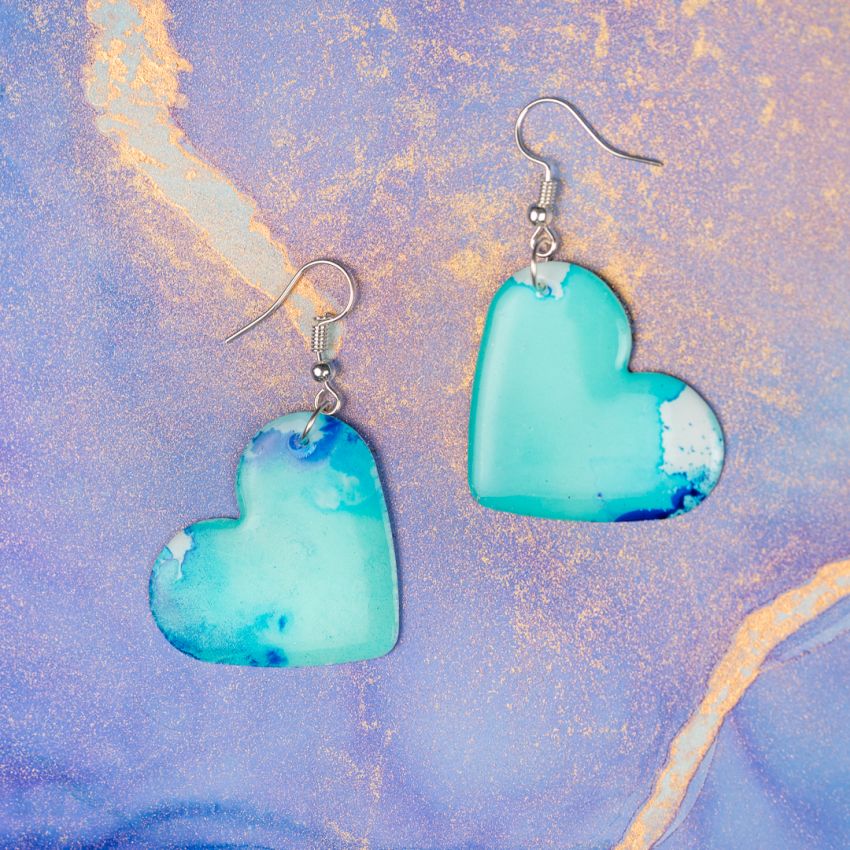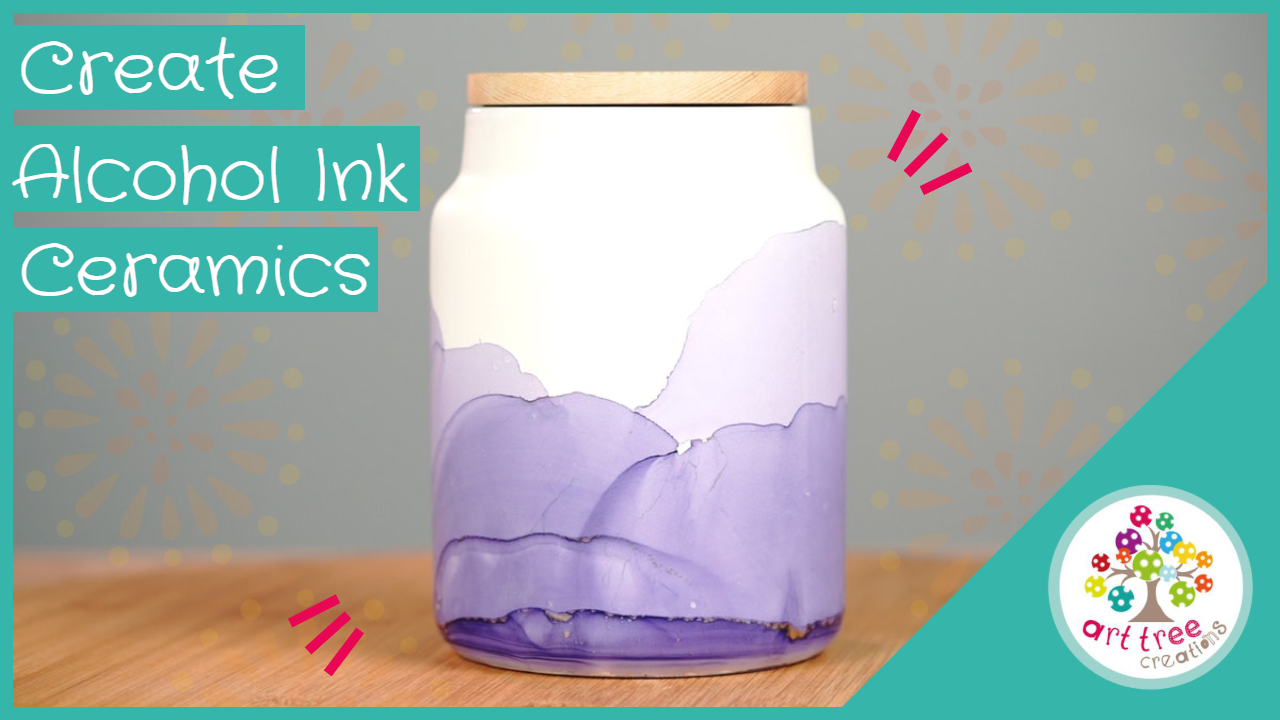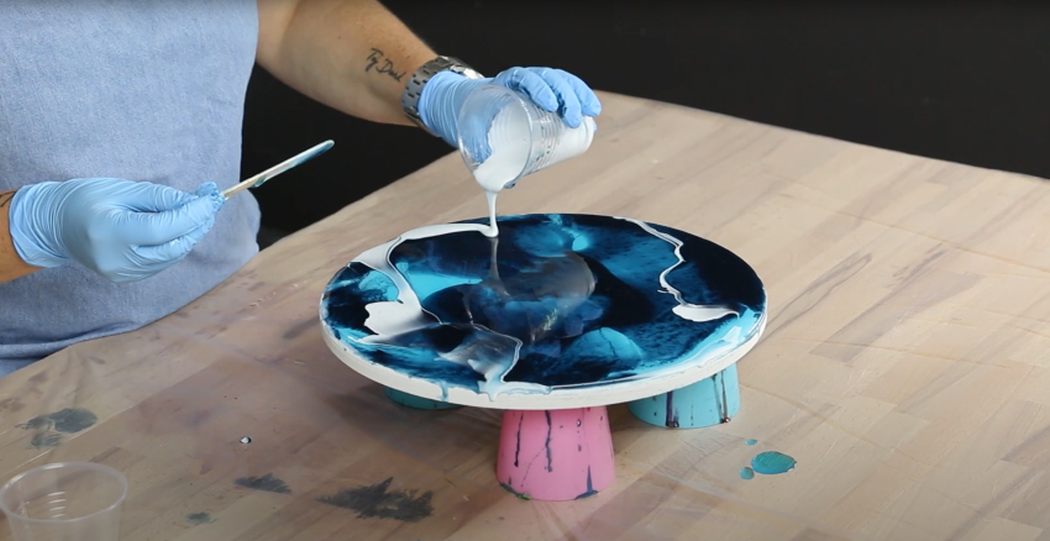
Resin jewellery for beginners: Everything you need to get started
Trying your hand at creating jewellery out of resin takes a bit of practice – just like any art form. But once you get the hang of it, you can reap the benefits of some of the most stunning designs available to both beginners and experts in this technique. However, to really make sure you’re getting the best results possible, it’s important to read up on how to go about dealing with resin as a basic material in the first place.
In this post, we examine the process involved any tips you need to know to get started effectively.
Know what you’re in for
It’s important to note that art resin is notoriously finicky. You really need to take your time to get good with it first, if you’re planning on creating intricate designs. Even on a basic level, you’ll need to hone the craft and understand how it behaves overall.
By nature, epoxy resin is the most simple to work with, as its more forgiving if you happen to make mistakes. But you’ll need to still be quick enough to get the mixture into your mould before it starts to gel over. In a nutshell, though, we recommend starting with epoxy resin in order to learn how to use other variants in the future.
Opt for the right equipment and tools from the start
Like any craft, you don’t go trying to do it without having the essential staples on hand to do it properly. Resin is messy and it requires you to mix it for it to act the way you need. That means you’ll need containers, cups, bowls and even syringes if you’re planning on diving into the deep end of this art form.
We have a list of jewellery settings on our website that make up your basics for this kind of craft, so we recommend exploring these before you start to experiment. Some essentials include:
- Casting resin or epoxy
- Mixing cups
- Stirring tools and utensils
- Gloves
- A safe space and surface to work on
- Wax paper
- Silicone moulds.
The perfect first project
Because you’ll need to get your head around the way the mixtures work – especially once you add other ingredients to it – we recommend trying out a basic project first.
Opt for making something like metal bezels as a way to test out your skills here. These projects don’t typically require much handling, so you can see exactly where things go wrong if they happen to.
To start, pour your resin into the reservoir you’ve chosen. Next, see how it behaves and whether it sets the way you need it to. If it doesn’t, you know the mixture itself is off balance. Note that you will need to wait 24 hours for the overall piece to set.
While the process of working with resin can be finicky, it's important to maintain patience and keep practice in mind. As you learn how the material behaves and functions in certain applications, you'll become more familiar with the best way to mould it, manipulate it or gain a certain result. Above all, make sure you have the right equipment on hand to support your vision – starting with the list of supplies we've listed above.
Happy experimenting!


